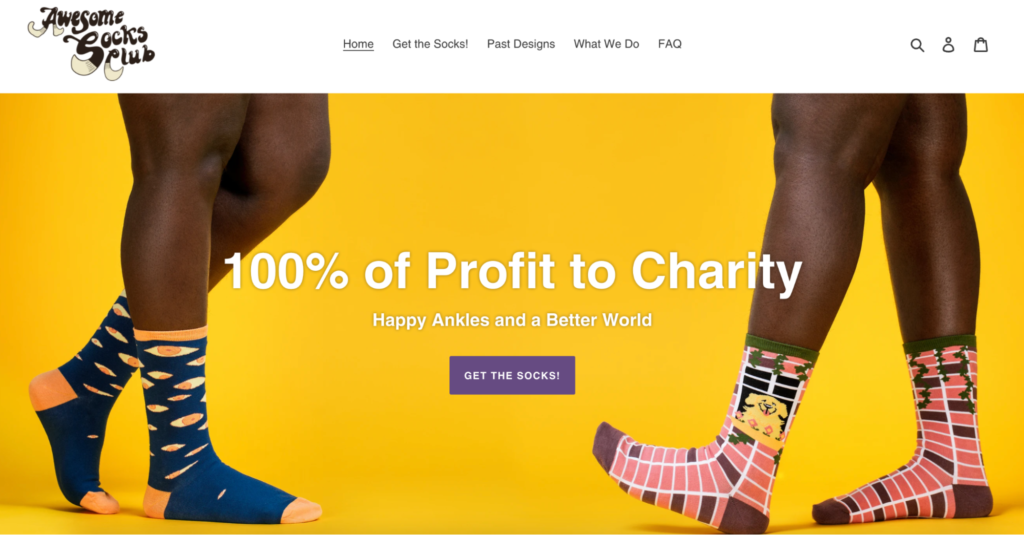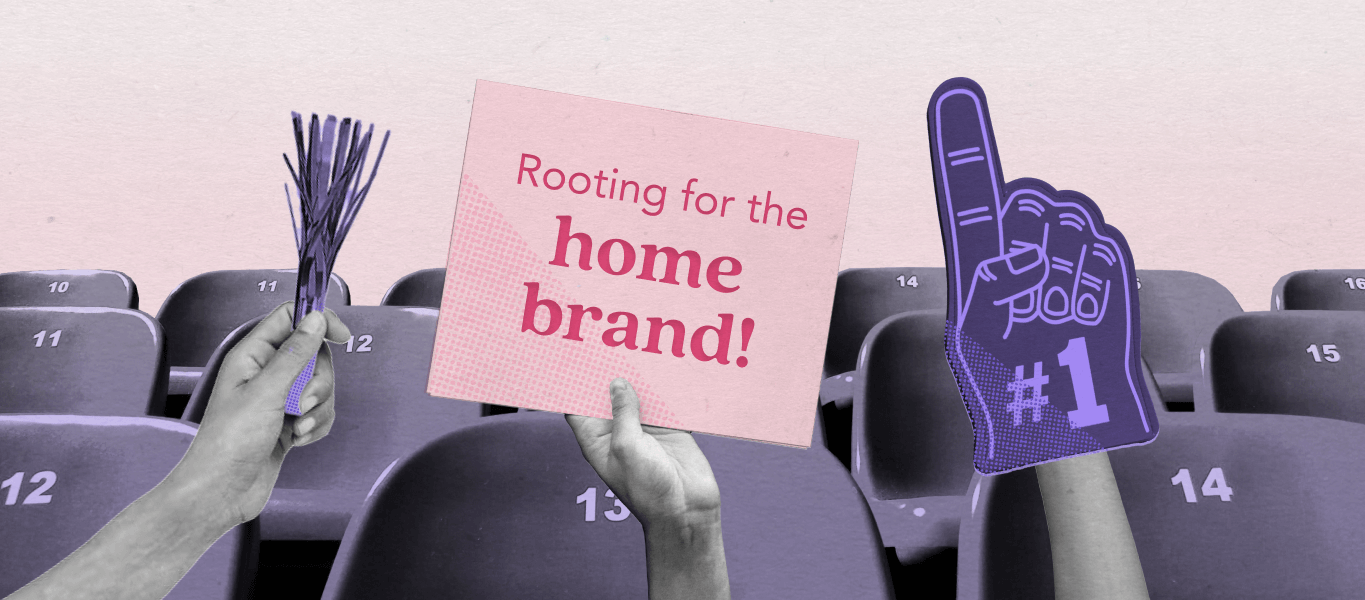Simply put, a brand community is a group of customers who form a relationship with your brand beyond just purchasing your products or services. These customers have an emotional connection with your company, and often with each other.
They might unite around your mission or your company values. They might converse with each other in an online forum or community platform. They might even create user-generated content related to your products that they share with their social networks.
Yes, they’re loyal fans, but they’re also brand advocates, helping spread the word about what you offer to the world. And not only do they have the power to build your brand loyalty, brand awareness, and customer retention—they can have an enormous impact on your customer lifetime value.
But of course, a community can’t exist without trust and shared values. So—how can you create a thoughtful and intentional brand that paves the way for community?
How do you build a strong brand community?
At the heart of a great brand community is an emotional connection between your customers and your brand. You want to give your customers a reason to believe—one that goes beyond what you sell and delves deep into who you are.

Regardless of the route you choose for cultivating this community, you want the connection you build to be authentic and meaningful for both your business and your customers. This isn’t just a facet of your marketing strategy—brand communities thrive when they show their customers that they’re putting them and their needs at the forefront.
Looking to build your own brand community? Here are a few places to get started.
Clearly communicate your mission
Any strong community needs common values, and a brand community is no different. From your company’s inception, you’ll want to define your mission and how it relates to your products, services, and business practices. Communicate that purpose clearly and succinctly, and give it a permanent, easy-to-find home on your site. After all, your mission is at the core of who you are as a company, and it’s where your brand community begins.

“Cost is just one factor in consumers’ purchasing decisions today. Driving access is inherent in our brand DNA, and it is critical for us to stay true to our values when fostering community with our customers.”Anna Stearns, Senior Director of DTC at LOLA
But don’t just set an intention—follow through. If you bring your mission to life by donating a certain portion of your proceeds to charity, be clear with your customers about how the process works, exactly what percentage of proceeds is donated, and why. Come up with tangible ways to support your mission through your work, and be transparent with your target audience about them. Remember: If your mission only serves to advance your image rather than the causes your customers care about, your customers will see right through it.
Be thoughtful, and consistent, in your branding
Your branding serves as the face of your company. It’s the way you present yourself across your website and other channels—not just in your copy, but also in your product imagery and design. It’s what brings your brand to life for your customers, and is the presence they interact with every time they hear from you.
That means that when it comes to your branding, two things are most important: thoughtfulness and consistency. Are there ways that you can imbue your mission into your brand voice and tone? How do certain company values translate into the look and feel of your website? Make these decisions purposefully, and tie them back to your mission and values when possible.
From there, make sure that you’re consistent about the way that you appear to your customers across your various channels. Of course, there will be differences in the way you present yourself on your website versus on your blog or social media posts, email copy, and printed collateral. However, it’s still crucial that those materials all look and feel like you to reinforce your brand image and identity and fortify your customer relationships.
Focus on engaging, interactive content
Communication and community building go hand in hand. That’s why it’s crucial that you use your content to keep your community members engaged—both with your brand and with one another. Seek out topics that both your new customers and existing customers are interested in. Rather than functioning as one-way noise, use the content that you create to start conversations with your audience, and ask questions to engage their participation.
For example, you might create a contest on social media that encourages your audience to comment or share your post, or a product recommendation quiz that helps match your customers to products they’ll love. Responding to social media posts that your customers tag you in, or resharing them, can also go a long way in increasing communication and engagement with your customers.
Actively seek out customer feedback—and put it to use
To make sure you’re going above and beyond for your customers, it’s important to actively seek out their feedback. This could take the form of options to rate and review your products, or even surveys that delve into the reasons why certain customers choose to cancel.
By giving them a platform to make their voice heard, you can make your customers feel like active participants in your brand. What’s more, you can make customer-driven decisions that continually better your brand and products over time.
Consider social groups for your community members
For many brands, online community groups can be a powerful tool for making like-minded individuals feel connected to each other. Depending on your customer base, a Facebook group could be a meaningful place for your audience to share ideas and tips with each other around your products and services, exchange feedback and recommendations about specific products, and more.
These online brand communities can also be useful for new customers, and provide social proof for those who are considering making purchases. They’re a valuable source of customer feedback for your brand. Be sure to dedicate a specific team member to managing any community groups you host online—this way, you can be present to answer questions as needed and further the conversation in a productive way.
Find ways to show your appreciation for your most loyal customers

A customer rewards program or loyalty program isn’t just a great way to boost lifetime value for your brand—it’s also a meaningful way to show your appreciation for your customers. Benefits of a loyalty program vary from business to business, but could include exclusive rewards after a certain number of purchases, early access to new products for subscribers, or discounts on shipping once a certain order minimum has been reached.
By showing your appreciation for your most loyal customers in tangible ways, you reinforce that the relationship they have with your brand isn’t just them purchasing products from you—it works both ways.
Building a successful brand community with subscriptions
Brand communities thrive on repeating interactions that allow interactions with customers over a long period of time. For subscription companies looking to build a brand community, this presents a unique advantage, with built-in opportunities to regularly communicate with subscribers. And when you take advantage of those opportunities with thoughtful messaging, value-adding content, and empathetic listening, you pave the way for your customers to not just purchase from your brand—but to root for you, too.



